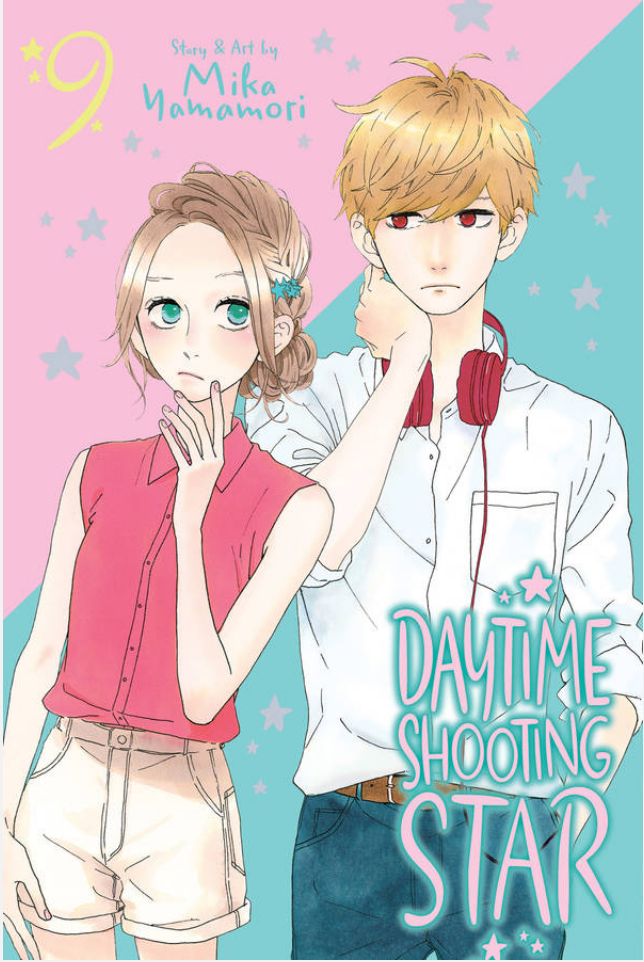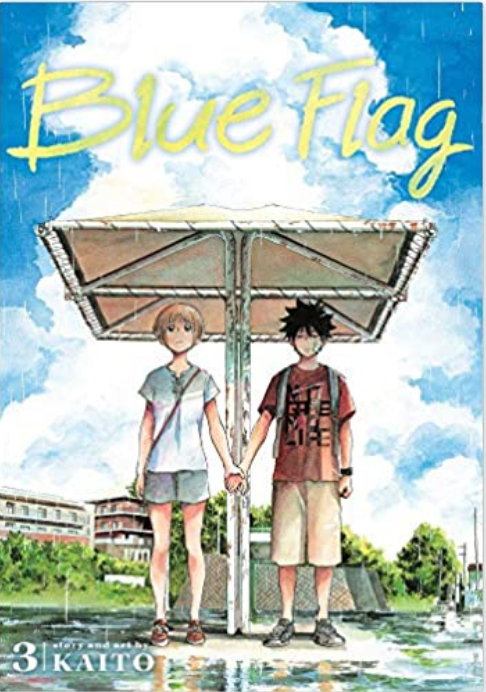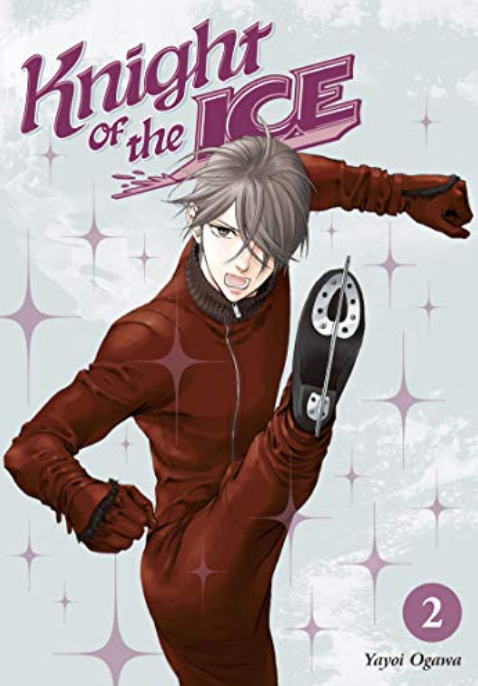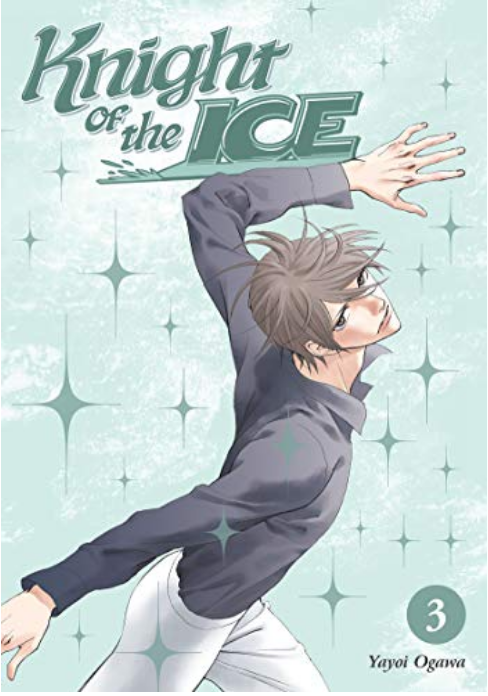Daytime Shooting Star Volume 9 by Mika Yamamori
At last! I could tell by the cover that this was going to be a Mamura-focused volume and I wasn’t disappointed. I tend to always root for the second lead guy in Korean dramas, and if Daytime Shooting Star was a K-Drama, Mamura would likely be the second lead, but in many ways he’s so much better than Suzume’s alternate romantic option of dating her teacher Shishio. While Suzume’s been rejected (good!) by Shishio, she’s attempting to move on with her life, however she becomes distracted due to the fact that in their second year of high school, Mamura is being targeted by throngs of first-year girls. With Mamura’s innate allergy to female contact, this creates a very awkward situation.
Yuyuka decides to take matters into her own hands in order to defend Mamura’s honor and proposes a plan where Suzume will pose as Mamura’s girlfriend. He rejects the idea, but Suzume becomes more and more irritated about the girls that are following him around, prompting Yuyuka to propose the idea of Suzume posing as Mamura’s girlfriend in order to get rid of the throngs of girls following him around. Mamura turns down the idea. When Suzume sees Shishio for the first time in weeks though, Mamura happens upon the scene and declares that they’re dating! when he sees Suzume being distressed when she runs into Shishio for the first time since he rejected her, he declares that they’re dating!
I was pretty delighted by this turn of events, with this faux relationship that might turn real. Mamura is clearly devoted to Suzume, and he does call her out when she’s dwelling too much on the past. I’m hoping that things move forward and she can actually experience a more normal high school romantic relationship? But I’m not holding my breath because the second lead guy rarely gets the girl. I enjoy Yamamori’s stylish illustrations in each volume, and the prospect of non-Shishio romance for Suzume makes me feel less of a general sense of creeping dread about the ending. In any case, Daytime Shooting Star continues to be an extremely engaging high school soap opera.






Recent Comments